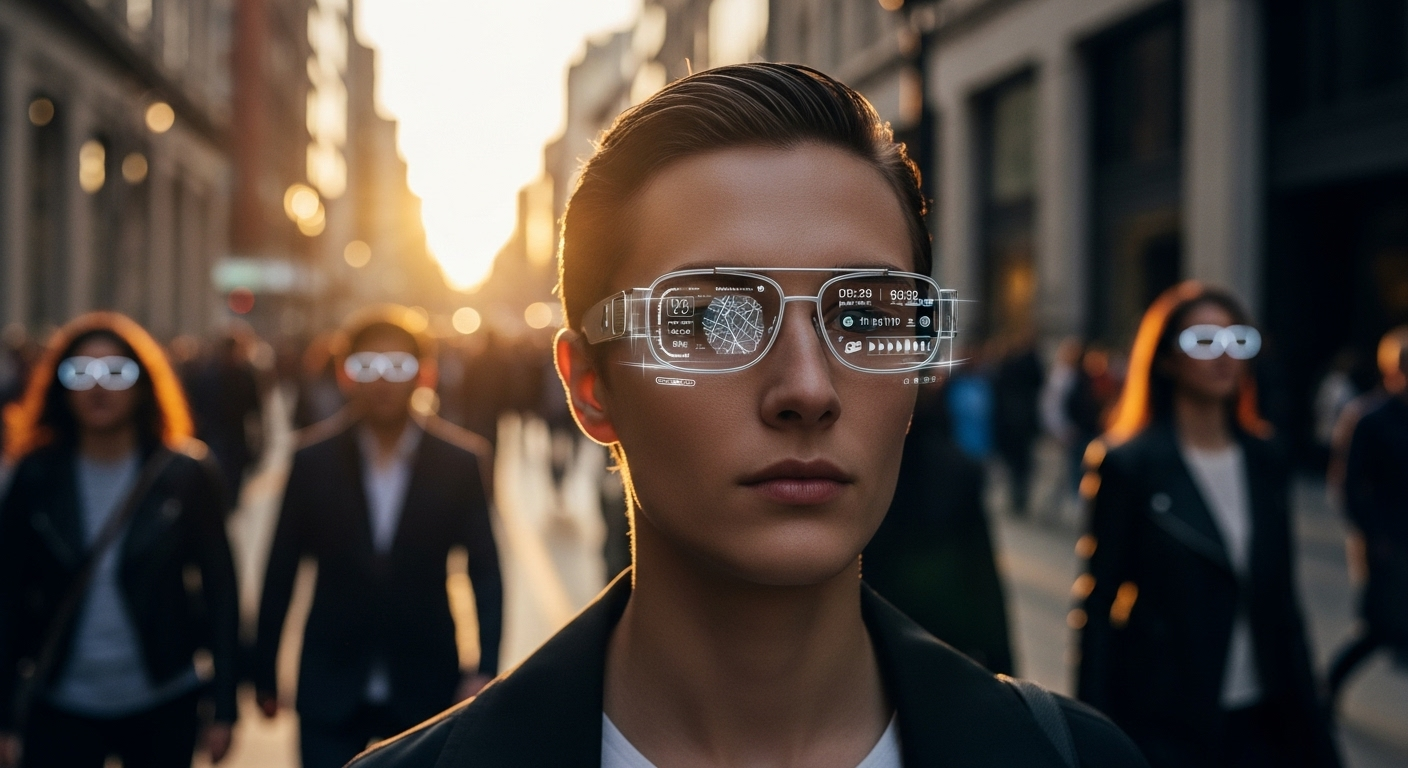Holographic Fashion: The Future of Wearable Art
In a world where technology and fashion increasingly intertwine, holographic clothing emerges as a groundbreaking frontier. This innovative fusion of digital artistry and sartorial design is reshaping our understanding of personal expression, blurring the lines between the physical and virtual realms. As designers and tech innovators collaborate, holographic fashion stands poised to revolutionize not just what we wear, but how we perceive and interact with clothing in the digital age.

As holographic technology evolved, so did its potential in fashion. The development of flexible, lightweight holographic films and fabrics in the mid-2010s marked a turning point. Suddenly, the dream of wearable holograms became tangible, sparking a wave of creativity among forward-thinking designers.
Technological Breakthroughs Driving the Trend
Recent advancements in nanotechnology and photonics have catapulted holographic fashion from concept to reality. Researchers have developed ultra-thin, programmable holographic materials that can be seamlessly integrated into fabrics. These materials respond to electrical stimuli, allowing wearers to change patterns, colors, and even three-dimensional textures at will.
Another key innovation is the miniaturization of holographic projection systems. Compact, wearable projectors can now create dynamic holographic displays around the wearer, effectively turning the body into a canvas for digital art. This technology opens up possibilities for interactive fashion experiences that respond to the environment or the wearer’s movements.
The Intersection of Fashion and Digital Art
Holographic fashion represents a new medium for artistic expression, blending the tactile nature of clothing with the limitless possibilities of digital art. Designers are collaborating with digital artists and programmers to create garments that are not just worn but experienced.
These pieces often incorporate elements of augmented reality, allowing viewers to see additional layers of design through smartphone apps or specialized glasses. Some designers are pushing the boundaries further by creating holographic fashion shows where physical and virtual models coexist, showcasing designs that seamlessly transition between tangible and digital forms.
Environmental and Ethical Implications
The rise of holographic fashion presents intriguing possibilities for sustainability in the fashion industry. By allowing a single garment to display multiple designs, holographic clothing could potentially reduce the need for extensive wardrobes, addressing issues of fast fashion and textile waste.
However, the technology also raises questions about electronic waste and energy consumption. As the industry develops, there is a growing emphasis on creating holographic fashion using recyclable materials and energy-efficient technologies. Some designers are exploring solar-powered holographic fabrics, aiming to create self-sustaining wearable art.
Cultural Impact and Future Prospects
Holographic fashion is more than just a technological novelty; it’s reshaping cultural notions of identity and self-expression. The ability to instantly alter one’s appearance opens up new avenues for personal branding and social interaction. In the age of social media, holographic outfits provide a unique platform for individuals to curate their digital presence in real-time.
Looking ahead, the potential applications of holographic fashion extend beyond personal wear. Imagine theatrical performances where costumes transform mid-scene, or adaptive camouflage for military and security purposes. The technology could also revolutionize the world of sports, with jerseys displaying real-time statistics or sponsorship messages.
As holographic fashion continues to evolve, it challenges our perceptions of what clothing can be. It represents a convergence of art, technology, and personal expression that may well define the future of fashion. While still in its early stages, the holographic revolution in wearable art promises to transform not just our wardrobes, but our very relationship with the clothes we wear.





